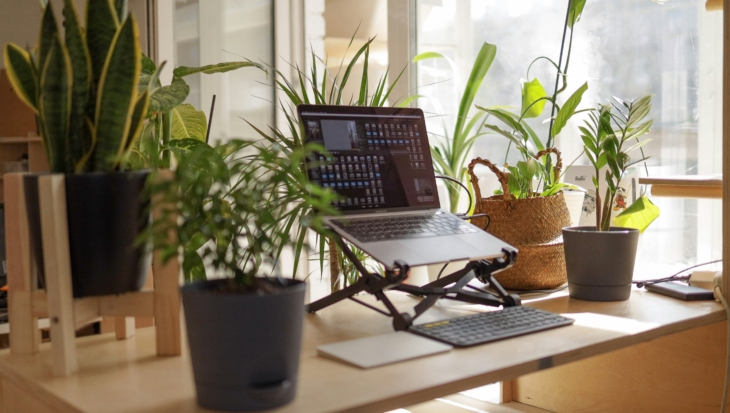A charity’s guide to AI prompting
How can your charity get better results from AI without extra budget? By mastering great prompts.
Posted 22 September 2025

With more of us working remotely than ever before, it is so important that our disabled colleagues are not left out and locked out by inaccessible communications.
Fortunately, the digital platforms and technology we use for work are at their most accessible ever, and are only being developed further as the weeks under lockdown go by.
There are lots of tools for disabled people themselves to make the most of their tech.
If you’re a Microsoft user, check out their Microsoft Accessibility homepage, and dedicated Twitter feed on accessibility. They even have a Disability Answer Desk to get in touch with any questions you can’t find the answers to, whereby a dedicated Microsoft staff member will answer you.
If you’re an Apple user, have a look at their Accessibility resources – scroll down and choose the device you’re using.
There are also really helpful accessibility guides for when you’re using the most popular video conferencing and messaging tools, with information on keyboard shortcuts, using with a screen reader, subtitling, and more.
If you’re looking for accessible information about the Coronavirus and the steps we all need to take like social distancing, for yourself, colleagues, service users, or your network, the Government website has this information in different formats, including:
The impetus is not only on disabled colleagues to use accessible communications; we all have a responsibility to ensure that our meetings and working practices are accessible for disabled people. Here are our eight top tips.
Accessible and inclusive communications and media for disabled people is a key focus here at Media Trust. If you’d like to find out more about our Reframing Disability in News programme, which aims to increase the representation and visibility of disabled people in broadcast news, have a look at our dedicated webpage.
How can your charity get better results from AI without extra budget? By mastering great prompts.
Posted 22 September 2025

A dive into how early-career creatives can use AI effectively and responsibly AI is undeniably transforming the creative and media landscape. For many early-career creatives, this can feel intimidating. But if used correctly, AI can...
Posted 22 September 2025

Here’s why hosting your impact report on your website is better for accessibility, SEO, and your audience.
Posted 28 August 2025
